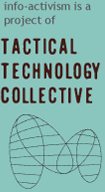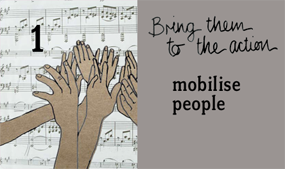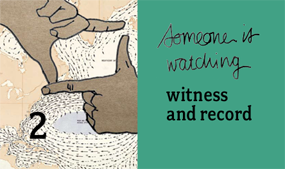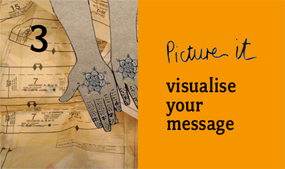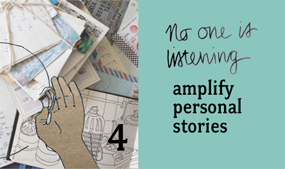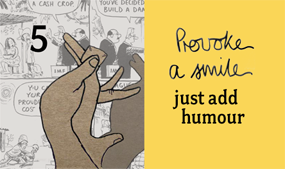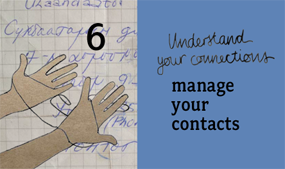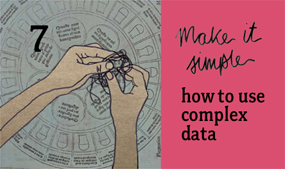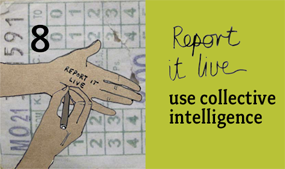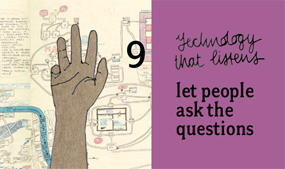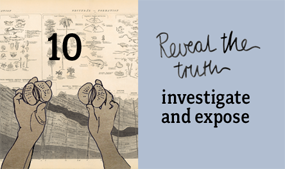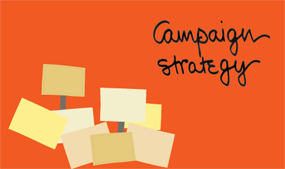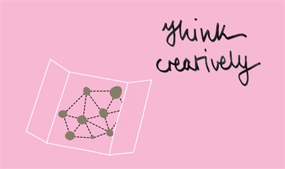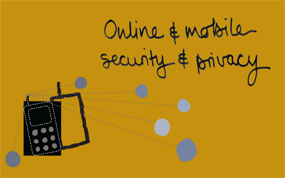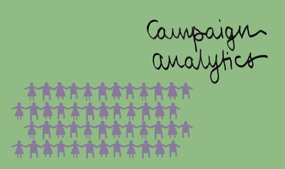
This card provides basic information and activities that will help you create a campaign strategy. This strategy will help you to strategically select the right tactics nad tools, craft your message, create a timeline, as well as implement, document and evaluate your campaign.
To download this card click here
WHAT IS A CAMPAIGN STRATEGY?
A campaign can be seen as an organised, purposeful effort to create change, and it should be guided by thoughtful planning. Before taking action, successful campaigners learn as much as possible about:
- the existing situation
- who is affected by the campaign issue both positively and negatively
- what changes could improve the situation
- what resources, tactics and tools are available to implement a campaign that will address the issue.
Campaigners use this knowledge to create their strategy, which guides them in planning, implementing, marketing, monitoring, improving and evaluating their campaign. A campaign strategy should answer the following questions:
PROBLEM, VISION, CHANGE
- What problem are you confronting?
- What is your vision of how the world will be, once the problem is resolved?
- What change/s would bring about this vision?
STAKEHOLDERS, RELATIONSHIPS, TARGETS
- Who is affected, positively or negatively, by the problem?
- How are these people or groups related to the problem and to each other?
- Who are you trying to reach?
- If your campaign is successful, who will be affected?
Answering key questions repeatedly, at each stage of your campaign, about the problem, solution, stakeholders and targets as well as the tactics, message and tools you will use, will help develop your campaign strategy.
Your campaign strategy will guide what you do and it should be updated regularly as the campaign is implemented and the situation changes.
CREATE A COMMON VISION
It's useful to involve your whole campaigning group in exploring the problem, your vision and the changes sought: a shared understanding of the problem will stimulate ideas about possible actions to take, and will also help your group to stay motivated and focussed during the campaign. Creating a common vision will also help determine ways to monitor, and adjust the implementation of, the campaign if necessary.
ACTIVITY 1: PROBLEM - SOLUTION - CHANGE
- Discuss and decide, as a group, what core problem your campaign seeks to address. Elaborate all the adverse effects of this problem.
- Each person in the group should create their own answer to the following question: What would a world without this problem be like? Use words, diagrams, illustrations. Imagine unlimited resources (money, power, etc). Discuss and enumerate all the benefits of this proposed world.
- Combine your individual visions of the future to create a single common vision for the campaign. Discuss in depth which broad actions or changes would resolve the problem you identified, so as to arrive at the world you have envisioned. These necessary actions are the main focus of your campaign. Discuss the scope of your campaign: decide whether it has multiple components (sub-campaigns). If it does, you may choose either to narrow the focus of your campaign or create a multiple-campaign strategy.
UNDERSTAND THE CAMPAIGN'S STAKEHOLDERS
Stakeholders are people, groups, organisations, or institutions that are connected to your issue. They may support your campaign, be adversely affected by the issue in question, have the power to change the situation, or even be responsible for the problem you have identified. An important task when designing your campaign is to learn as much about the stakeholders as possible. You should:
- Understand each stakeholder's relationship to the problem and your proposed solution.
- Define the relationships between different stakeholders
- Determine the ability and willingness of stakeholders to help or hurt your campaign.
- Identify which of these stakeholders your campaign should concentrate on to create the change your desire.
ACTIVITY 2: MAPPING STAKEHOLDERS AND THEIR RELATIONSHIPS
Start creating a map in which entities with a stake in your issue are represented as circles, or nodes, and lines between these circles represent relationships. It is good to use sticky papers (post-it notes) for this activity because they can be moved about as required.
- Discuss the interaction that is at the root of the problem your campaign wants to address. Who creates the problem? Who is affected by it? How and why are these entities connected to one another?
- Continue, taking notes as you go along, until you can identify the interaction between entities (nodes) that most represents what you seek to change.
- Identify all of the nodes between which this kind of interaction is happening.
- Place these nodes at the center of your map.
- Identify the relationships of these central nodes with others nodes on your map. Start locally and move outward regionally, nationally, internationally and globally, if relevant. Depending on your problem, expand your map with two or more levels of nodes (marking these in a clear way): First level: entities with direct contact to the central nodes (family /local). Second level: entities with contact to the first level (regional/ national). Third level: nodes with general influence on the issue (international /institutional).
- Next, draw lines representing relationships between these nodes and identify the kind of relationship they have; for example:
- Power
- Mutual benefit
- Conflict
- Potential
After mapping out as many stakeholders as you can, you will have a graphic representation of your stakeholders' relationships with your issue.
Next you should analyse how your stakeholders may help achieve the
change/s you seek.
For more information on how to do this, see New Tactics in Human Rights Tactical Mapping: http://newtactics.org/en/tactical-mapping
ACTIVITY 3: FROM STAKEHOLDERS TO TARGETS
Begin defining specific objective/s of your campaign. Consider each stakeholder's level of support and level of influence in the context of your campaign objective/s.
- In simple, active terms, define what would resolve your problem and bring about the change you seek. Your objectives should be specific, measurable, achievable, realistic, and time-bound.
- Using the list of the stakeholders from the previous activity, identify as many as possible who could help achieve your objective.
- Draw a horizontal and a vertical axis on a large sheet of blank paper (shown here).
Place the stakeholders as follows:
The vertical axis represents their level of influence in achieving the goal of your objective from most influential (top) to least influential (bottom).
The horizontal axis represents whether they are likely to oppose (left) or support (right) your campaign.
- After you place all the stakeholders on the paper, identify the most influential entities or individuals as potential primary targets, those who can make the change you seek. Note their level of support or
opposition for this change.
- Discuss the relationship of these entities to other stakeholders. You may already have this information on your stakeholder map from Activity 2.
- Identify stakeholders who support your campaign and have influence on or relationships with your primary target group. They are your secondary targets, or participant groups, who could become actively involved in helping your campaign achieve its goals. Locate them on your graph and identify two or three participant groups to concentrate on.
(Adapted from The Change Agency's Power Mapping exercise)
ACTIVITY 4: FROM TARGETS TO TACTICS
Now you have identified the target audiences that your campaign needs to communicate with, and what relationships they have with other entities with a stake in the problem, you can consider what tactics will best address your target and participant groups?
- Draw a half-circle, divided into wedges. Place those who most support your campaign on the left side of the spectrum; those who oppose you the most on the right.
- Use your maps and sticky papers, placing each target and stakeholder in a wedge according to their level of support for your cause. The result is a spectrum of stakeholders, a few of whom you have identified as primary or secondary targets. A five-wedge diagram would include the following: 1) Active allies: supportive and motivated to achieve your goals. 2) Allies: may benefit from your success. 3) Neutral parties: may not be involved or affected currently. 4) Opponents: may suffer from your success. 5) Active opponents: actively interfere with your activitie.
- Use this diagram to help decide which tactics to consider, depending on each stakeholder's location on the spectrum. For example: a) Supportive: use mobilisation tactics. b) Neutral: use educational. visualisation tactics. c) Opposing: use disruption, interference tactics
(Adapted from New Tactics in Human Rights' Spectrum of Allies exercise)
To download this card click here
This card was created by Namita Singh and Ali Gharavi in collaboration with Tactical Tech.

